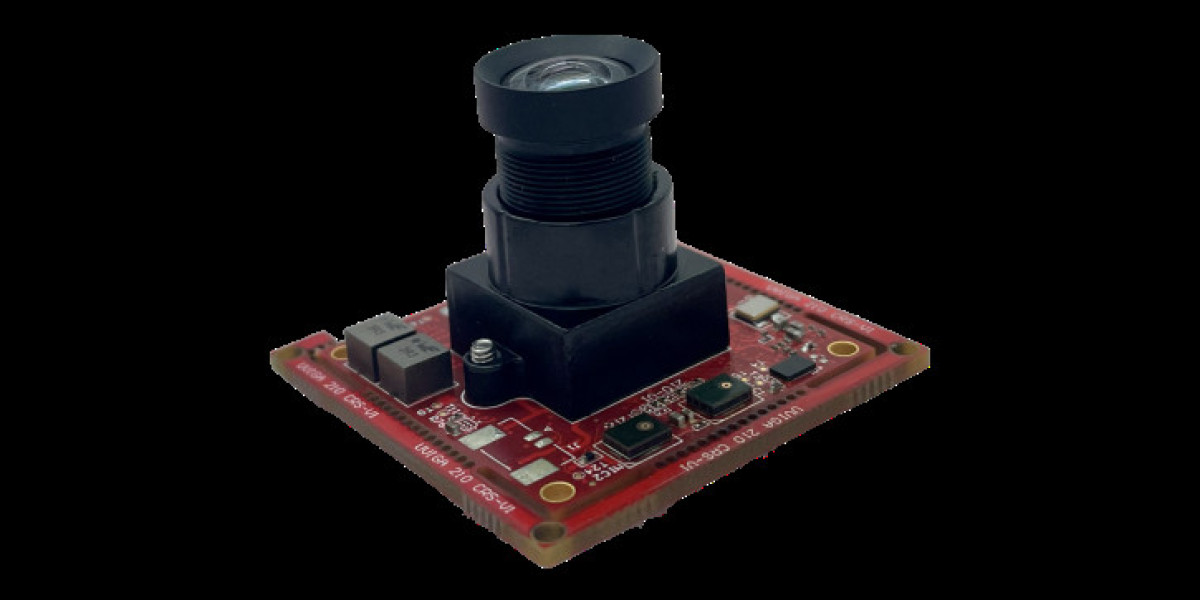In the rapidly evolving landscape of industrial automation, the integration of cutting-edge technologies like industrial USB cameras is catalyzing a revolution. These high-performance cameras are becoming indispensable tools, empowering robotics and automated systems with vision capabilities that were once limited to human perception. From manufacturing floors to warehouse operations, the deployment of industrial USB cameras is reshaping the way industries visualize and execute automation tasks.
The versatility and adaptability of industrial USB cameras make them ideal for a wide range of applications within the realm of robotics. Whether it's quality control in production lines, object detection in logistics, or precision guidance in robotic arms, these cameras play a pivotal role in enhancing efficiency and accuracy. With advancements in resolution, frame rates, and image processing algorithms, industrial USB cameras deliver unparalleled performance, enabling robots to perceive and respond to their environments with remarkable precision.
One of the key advantages of industrial USB cameras is their ease of integration into existing systems. Thanks to the ubiquitous USB interface, these cameras can be seamlessly connected to a variety of robotic platforms, PLCs (Programmable Logic Controllers), and industrial computers. This plug-and-play capability reduces installation time and complexity, allowing businesses to quickly deploy vision-enabled automation solutions without significant downtime or disruption to operations.
Moreover, the compact form factor of industrial USB cameras makes them well-suited for deployment in space-constrained environments. Whether mounted on robotic end-effectors or embedded within production machinery, these cameras provide invaluable visual feedback without adding bulk or complexity to the system. This scalability enables businesses to optimize their automation workflows without compromising on efficiency or flexibility.
In the realm of robotics, vision is often the missing piece of the puzzle that unlocks new possibilities for automation. Industrial USB cameras bridge this gap by providing robots with the ability to perceive and interpret visual information in real-time. Whether identifying objects on a conveyor belt, inspecting components for defects, or navigating complex environments, these cameras empower robots to perform tasks with greater speed, accuracy, and autonomy.
Furthermore, the integration of industrial USB cameras with advanced machine learning algorithms enables robots to learn and adapt to changing environments autonomously. By analyzing visual data in real-time, robots can identify patterns, make intelligent decisions, and continuously improve their performance over time. This adaptive capability is crucial in dynamic manufacturing environments where variables such as product variations, lighting conditions, and spatial constraints are constantly changing.
For more details, kindly visit
https://www.vadzoimaging.com/post/behind-the-lens-exploring-the-world-of-industrial-usb-camera
#camera #industry #technology








